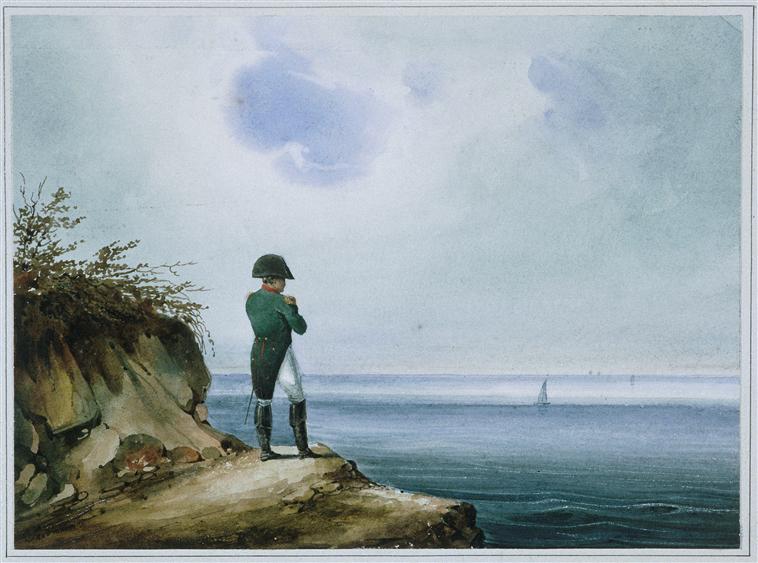If Sun Tzu is the Tao of War, then Carl von Clausewitz is its Te. Where Sun Tzu gave birth to generalship and strategy, Clausewitz gave military strategy shape and power. Where Sun Tzu’s The Art of War is Zen-like in its brevity, Clausewitz’s On War is profound in both its breadth and its depth elucidating a far deeper understanding of the nuance of “genius” and strategy.
Many of Clausewitz’s ideas endure to this day: “center of gravity”, “culminating points”, etc. What is more striking is that his best ideas are also applicable perhaps even more applicable in the realm of “soft” power. While the attritionist in Clausewitz would not have approved of the logic of “The Surge”, he most certainly would understand its political (vice military) imperative.
I first encountered Clausewitz in 1992 as a young scientist at the Navy’s “Naval Ocean System Center”, while enrolled in the U.S. Naval War College’s Non-Resident Seminar program at the 32nd Street Naval Station. RADM(ret) Jack Shaw was my professor for “Joint Maritime Operations”, and led us on a “deep dive” into On War.
But I did not appreciate Clausewitz then as much as I do today, thanks to the courtesy of Lexington Green and the ChicagoBoyz as well as the enormously insightful writings from my colleagues in this Roundtable. I can say unequivocally that this has been an intellectual adventure of the highest regard, and I am humbled to have been invited to be a passenger. I hope you, too, have enjoyed the ride.
